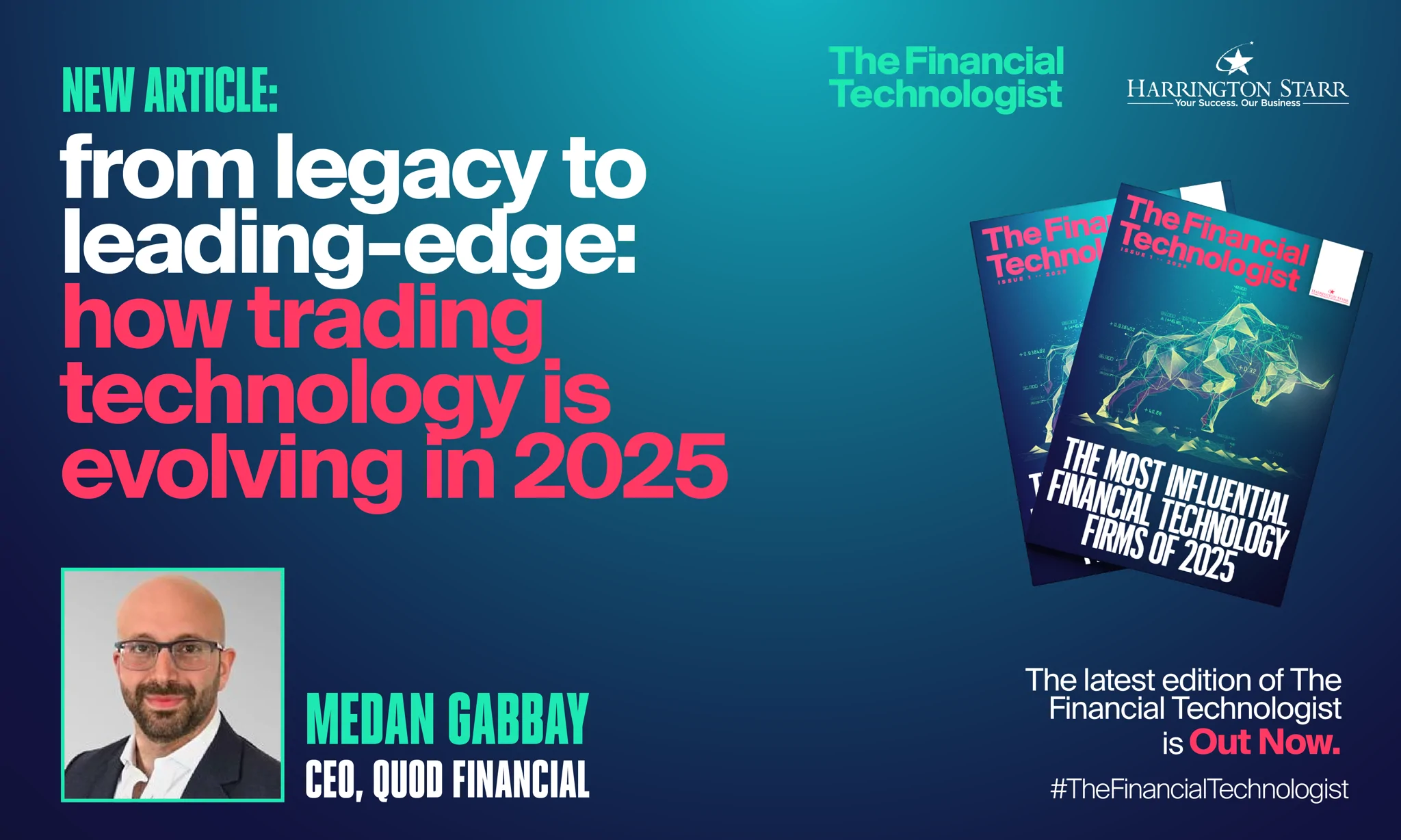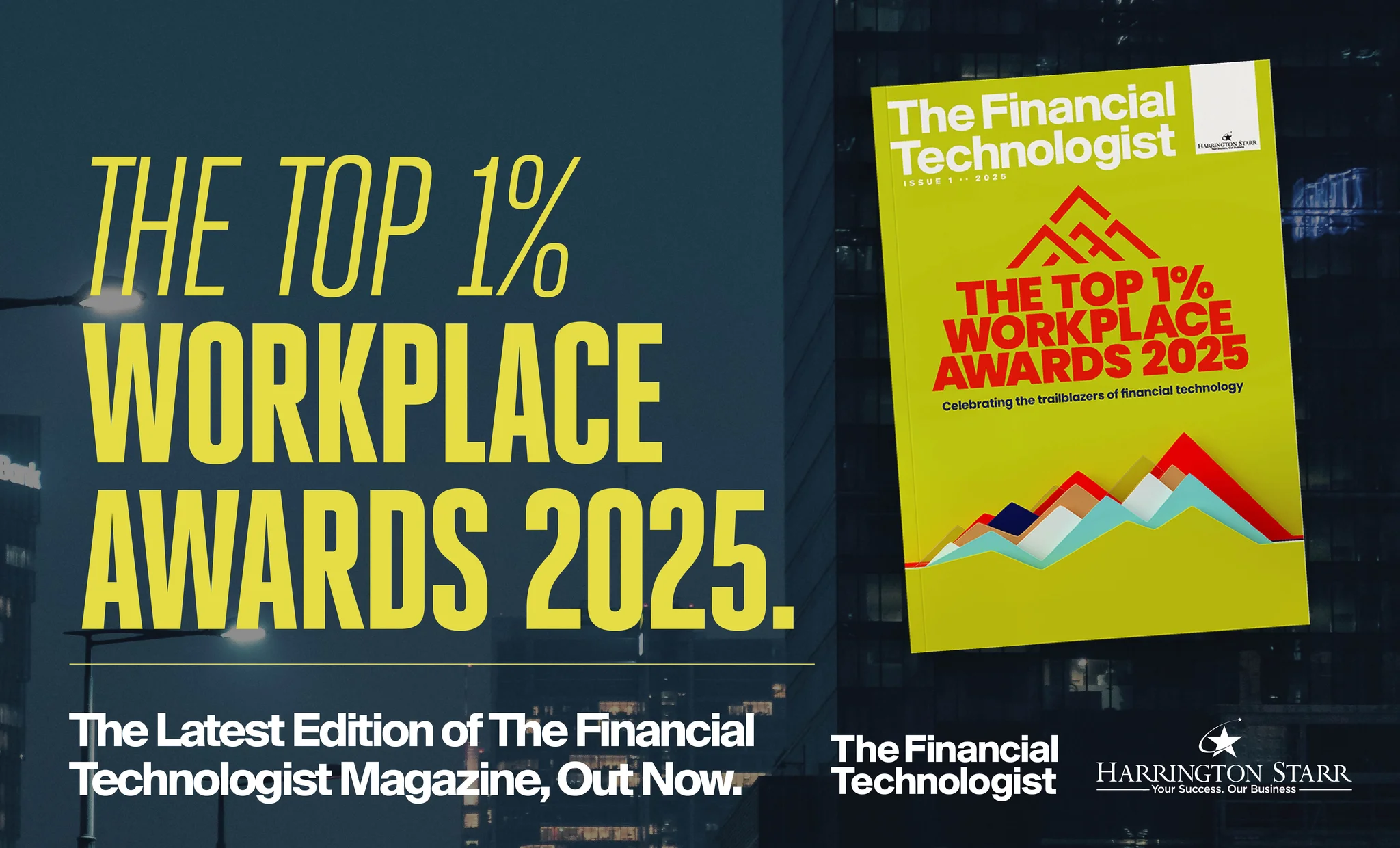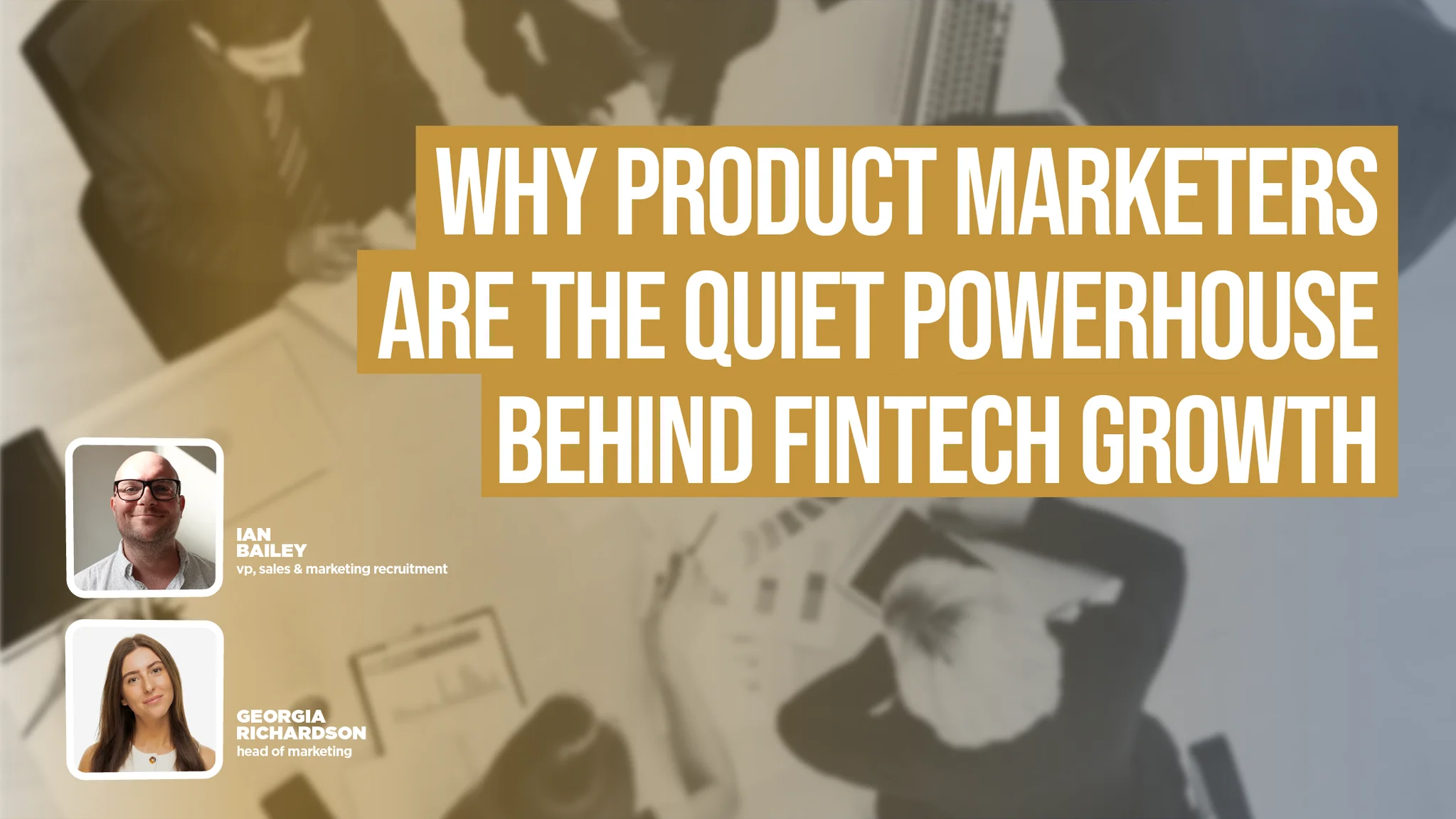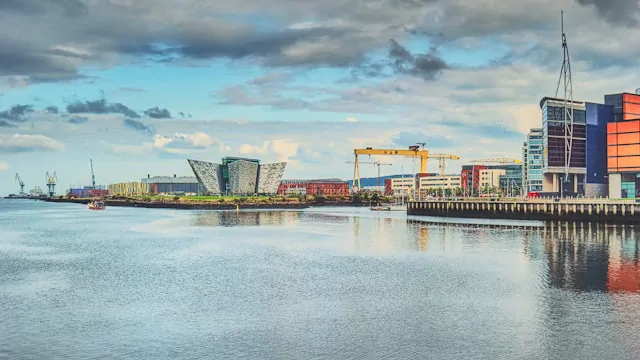The accelerating pace of technological advancement, combined with an ever-evolving regulatory landscape and increasing competition, has made rethinking trading technology an imperative for sell-side firms. Put simply, firms that fail to modernise will fall behind, while those that embrace innovation will gain decisive competitive advantage. In 2025, four major trends seem to be shaping the future of trading technology: modernisation, modular deployment, data-driven OMS, and AI integration.
Why Sell-Side Firms Must Modernise in 2025
The technology available today has redefined what is possible in financial markets. From AI-driven analytics to seamless automation, the tools are there for firms to optimise performance, enhance execution quality, and reduce operational risks. Yet, many sell-side firms remain reliant on outdated infrastructure that was not designed for the complexities of modern trading.
The cost of inaction is rising. The competitive landscape has shifted and buy-side firms are increasingly discerning in their broker selection. Traders expect seamless, high-speed, and data-rich environments, while regulators continue to impose stricter reporting and compliance requirements. Legacy systems, often fragmented and difficult to adapt, create operational inefficiencies and missed opportunities. Firms that hesitate to modernise may not only struggle to keep up but will face extra regulatory scrutiny and, certainly, a reduction in client wallet share.
In 2025, modernisation is no longer optional—it is a practical necessity. The ability to process real-time market data, execute trades with precision, and integrate with various liquidity venues is a must. The firms that succeed will be those that embrace a strategic, incremental approach to transformation.
A Strategic Approach by Modular System Deployment
One of the primary challenges in modernising trading technology is the risk and disruption associated with a full-scale system overhaul. Many firms experience "analysis paralysis"—delaying change due to the complexity of replacing legacy systems. However, the concept of modular system deployment has changed the game.
By starting with smaller projects—such as upgrading execution algorithms, enhancing order routing, or implementing new risk management tools—firms can incrementally modernise their infrastructure without the wait for long term ROI that complete system replacement creates. This approach not only allows them to see immediate benefits but also enables them to learn and adapt along the way. As the vendor understands the firm's specific needs and workflows, and vice versa, the process of further implementation becomes smoother and faster.
Moreover, as replacement cycles in trading technology shrink, barriers to change are lower than ever before. Unlike the past, when trading platforms were expected to last a decade or more, firms today are adopting a more agile mindset. Those who leverage modular deployments gain the flexibility to adopt new innovations without being locked into rigid, monolithic systems.
The Rise of the Data-Driven OMS
Artificial Intelligence is revolutionising various sectors, and trading is no exception. However, for AI to deliver meaningful results, it must be built on a foundation of clean, accessible, and real-time data. This is where the data-driven OMS comes in.
A modern OMS is not just a tool for order execution—it is a central hub for data processing, aggregation, and decision-making. Firms that invest in a data-driven OMS can:
- Enhance execution quality through AI-powered predictive analytics
- Improve operational efficiency by automating trade workflows and compliance monitoring
- Gain deeper market insights through the seamless integration of market and transaction data
- Make their OMS a genuine decision support tool rather than just a process automation tool
And, most important, the technology now supports the business rather than the business having to work around the declivities of the platform.
However, achieving this level of automation requires firms to break free from legacy data silos and legacy mindsets. Data in financial markets is fragmented and resides across multiple systems that were never designed to communicate with each other. A true data-driven OMS acts as a single source of truth, enabling seamless data flow across all trading functions.
The firms that succeed in 2025 will be those that prioritise data as a strategic asset. By integrating AI-ready, multi-asset data models and real-time analytics capabilities into their OMS, they will gain operational efficiency and unlock new revenue opportunities through smarter decision-making.
AI and ML in Capital Markets: From Competitive Advantage to Industry Standard
The integration of Artificial Intelligence and Machine Learning into trading platforms is transitioning from a competitive advantage to an industry standard. In 2025, AI is no longer just a buzzword—it is a core component of execution strategies, risk management, and market surveillance.
Key AI-driven use cases in trading include:
- Smart Order Routing (SOR): AI-driven execution algorithms that dynamically adjust order flow based on real-time market conditions.
- Trade Surveillance: ML models that detect anomalies and potential market abuse, reducing compliance risks.
- Predictive Market Analytics: AI-powered forecasting tools that help traders anticipate price movements and liquidity shifts.
- Automated Risk Management: Real-time analysis of trade exposures, optimizing capital efficiency.
While AI adoption is accelerating, it is crucial for firms to approach implementation strategically. The only successful AI deployments are those that are rooted in high-quality data and that are seamlessly integrated into existing workflows. Simply deploying AI for the sake of some vague concept of “innovation” is not enough—firms need to ensure that AI enhances decision-making, improves efficiency, and aligns with regulatory requirements.
For firms looking to stay competitive, the path forward is clear: invest in adaptable, scalable, and AI-ready trading systems. The question is no longer whether modernisation is necessary but how quickly firms can execute on their transformation strategy. The future belongs to those who act today.







